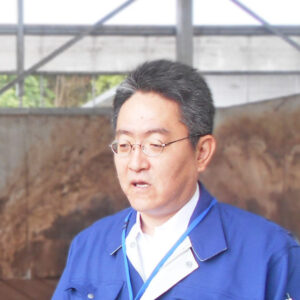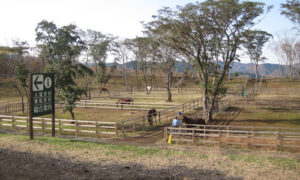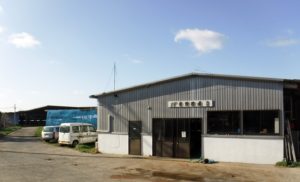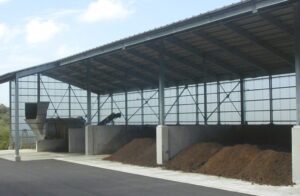Improvement of bad smell of food residues caused by poor fermentation!
Kagome Iwaki Onahama Saien
Here is a testimonial from Kagome Iwaki Onahama Saien in Fukushima Prefecture, where vegetable residues that could not be composted with rotary-type agitators became aerobically fermented throughout the year with EasyJet.
Complaints from the local community due to bad odor! We urgently needed to address this issue.
The thing we are most aware of and fear the most is complaints from the local community.
Especially the odor. It is impossible for us to control the odor, which can go anywhere on the wind.
The occurrence of bad odors was a problem in itself, and although we had introduced rotary fermentation equipment, there was no dedicated manager, so the greenhouse staff also took on the role of managing the composting site.
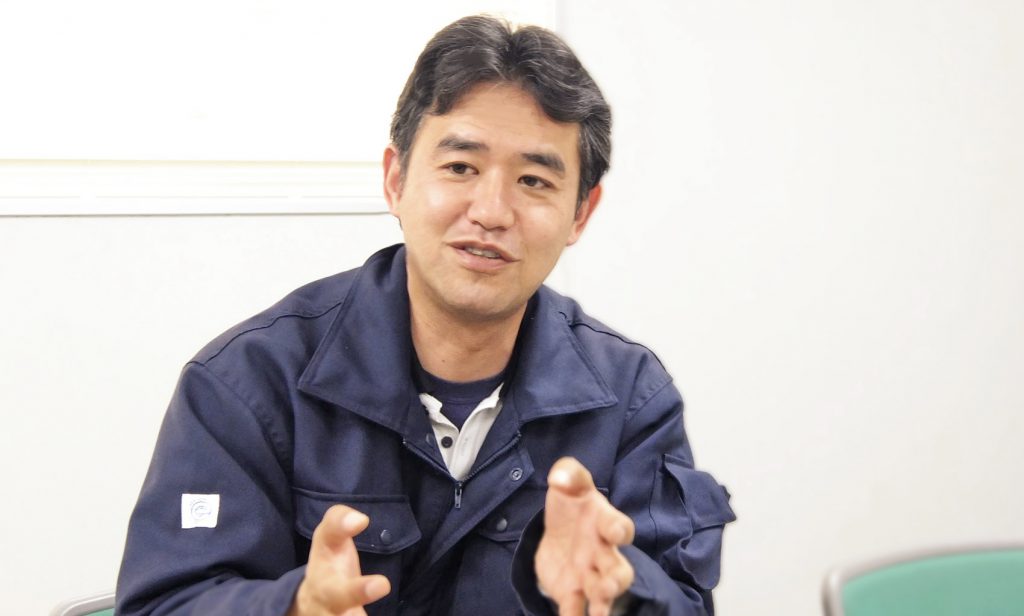
As a result, there were complaints about the foul odor, which we feared the most.
Due to the high processing volume and the lack of timely monitoring of the compost situation, the compost became sludge-like and sewage was generated.
The failure to respond to this problem caused a bad odor.
The first step was to dispose of the sludge-like raw materials, which resulted in the disposal of less than 300 tons of sludge-like compost, at a cost of several million yen.
However, this is only a temporary measure, and it is inevitable that the same problem will occur again.
We decided that a fundamental solution was necessary and started investigating improvements to the composting facility.
Encounter with MIRAIE
It was during this time that we encountered MIRAIE.
Among the few companies that provide clear solutions to various issues such as compost fermentation, bad odors, and wastewater treatment, it was the confidence of the president and the sales representatives in recommending their own system that was the deciding factor in our decision to adopt it.

In tomato cultivation, excess leaves and stems are constantly pruned, generating about 40m³ of residues per day, which amounts to 1,000 tons per year on a weight basis.
Initially, the city’s cleaning center accepted our waste, but due to the high volume, we were required to handle it ourselves, so we introduced a rotary fermentation unit and began composting on our own premises.
However, with only the rotary fermentation tank in operation, troubles as mentioned above occurred.
In the introduction of the Easy Jet system, we received a proposal to keep only half of the rotary fermentation unit’s blower ventilation and to introduce Easy Jet only in the first half of the area, and we began operations according to this proposal.
We are also satisfied with the support received after the installation

Before the introduction, the fermentation temperature was relatively low at 40–50℃, but now, even in winter, it reaches 70–80℃ within 2–3 days after input.
Recently, we changed the operating method and experimentally adopted the simultaneous use of the blower and Easy Jet, with the results showing that Easy Jet significantly speeds up the increase in fermentation temperature and maintains a higher temperature.
This reaffirmed the effectiveness of the high-pressure ventilation method.

Kagome Iwaki Onahama Saien (Director Farm Manager Mr. Riki Yoshida)
The Easy Jet system has not encountered major issues and requires only maintenance such as nozzle replacement.
Whenever any problems arise, the responsible person comes to the site immediately, no matter how many times, which makes us feel very secure in using it.
About Customer
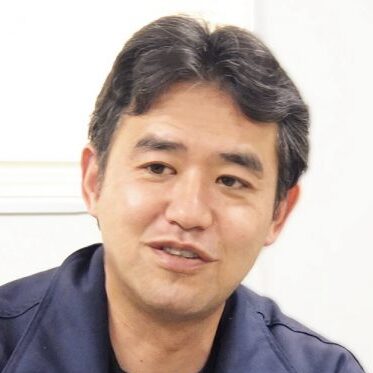
Kagome Iwaki Onahama Saien
This agricultural corporation, located in Iwaki City, Fukushima Prefecture, cultivates 3,500 tons of tomatoes annually. The fresh tomatoes produced are sold through Kagome’s distribution network in supermarkets and other stores.
The facility spans 10 hectares (equivalent to two Tokyo Domes) and boasts the largest greenhouse cultivation in Asia.
Introduction of the Product
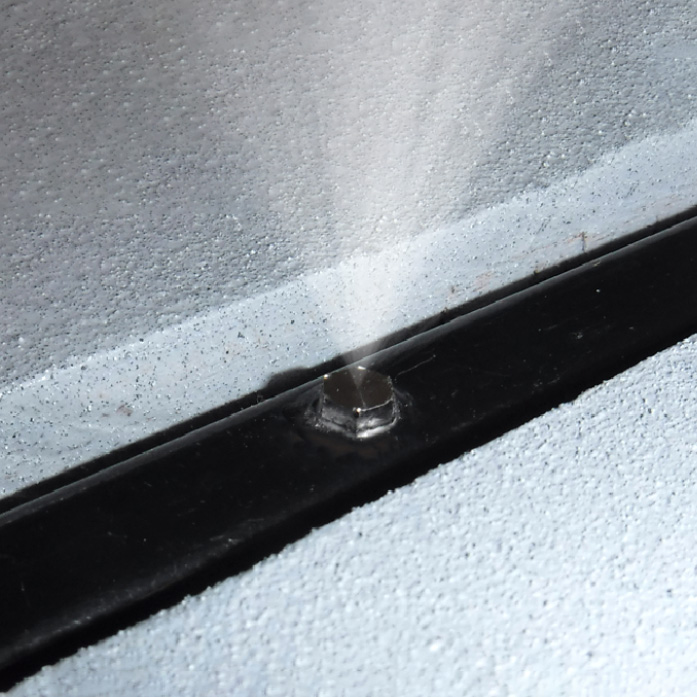
Composting Equipment
Easy Jet
Composting Equipment that requires no turning
A special nozzle supplies oxygen to the inside of the compost, eliminating the need for heavy machinery to turn the compost around. High-temperature fermentation in winter is realized, enabling production of high-quality compost.







 Facebook
Facebook X
X Hatena
Hatena Poket
Poket